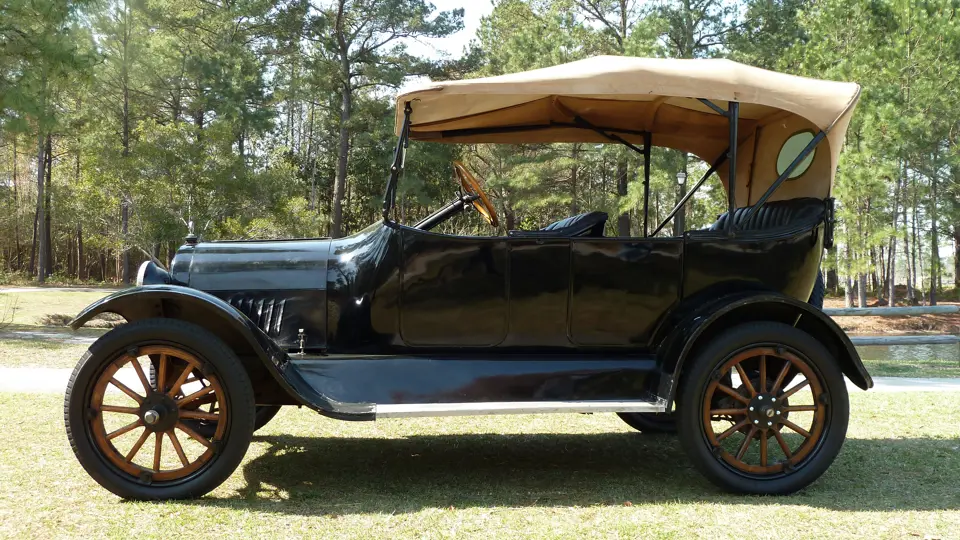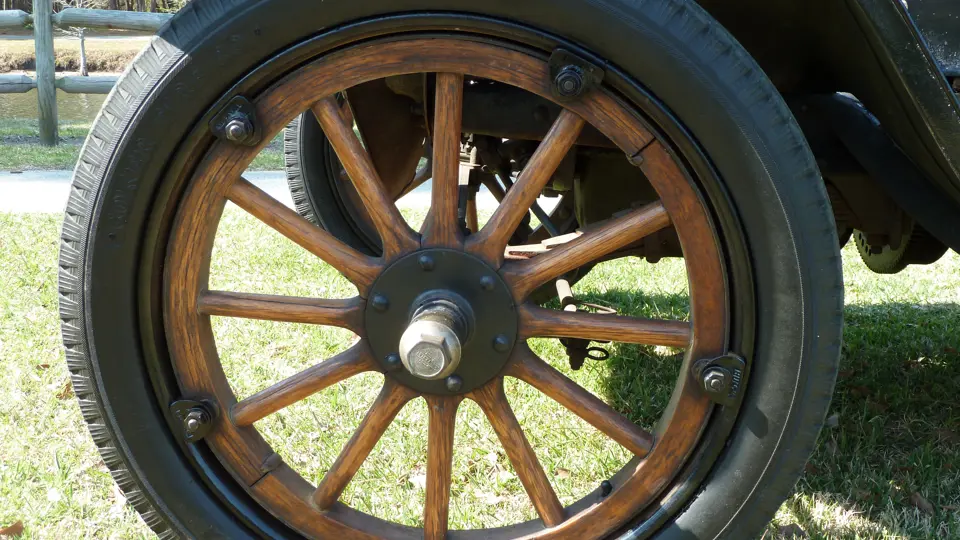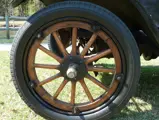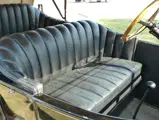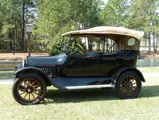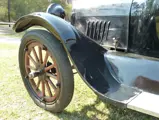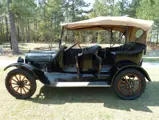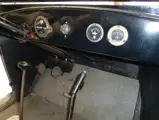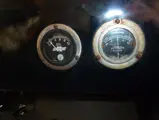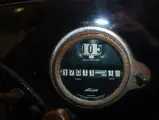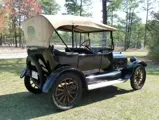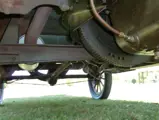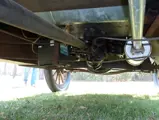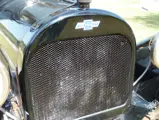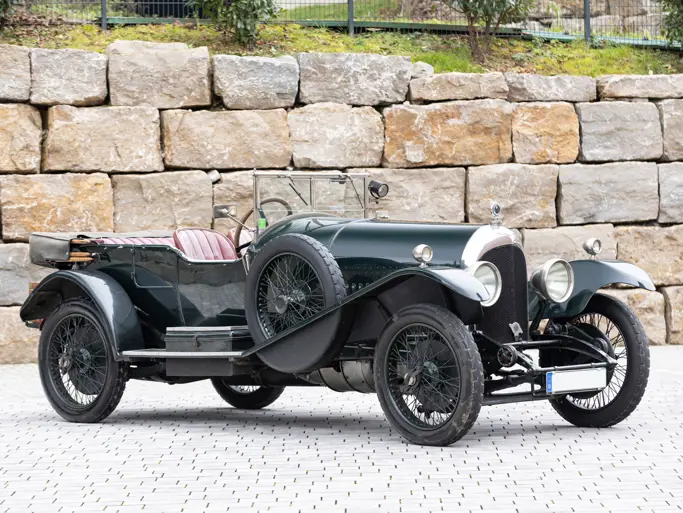26 bhp, 170.9 cu. in. inline OHV four-cylinder engine, three-speed manual transmission, solid front axle and live rear axle with quarter-elliptic leaf springs, and two-wheel mechanical brakes. Wheelbase: 102"
- Important model in Chevrolet history
- Advanced overhead-valve engine
- Well-presented older restoration
When William Durant, having been pushed out of General Motors, decided to re-enter the automobile business, it was to engineer and racing driver Louis Chevrolet that he turned. As an interim measure he brought out a light car called the Little, but Durant had in mind a more substantial automobile. Louis Chevrolet, meanwhile, envisioned an even larger car than Durant wanted, and so when the first Chevrolet car, the Classic Six, debuted in 1912, it weighed nearly 4,000 pounds and sold for $2,250.
That was clearly not a car with which to battle Henry Ford, so a crash program was begun for a smaller, less-expensive car. The result was the H-series Chevrolet of 1914, with a 170.9-cubic inch OHV four designed by Arthur Mason. This engine would remain in production through 1928. The H-series, which included the Royal Mail tourer and Amesbury Special roadster, was Chevrolet’s mainstay until the arrival of the low-price 490 in 1916, which remained in production through 1922.
This Flint-built Chevrolet 490 is believed to be an older restoration, showing some patina and presenting well. Painted black, it also has black upholstery. The engine compartment is clean but is not detailed. We are informed the car has a new battery and fuel tank. An icon from the years of Chevrolet’s rapid growth, it demonstrates the sophistication that enabled the make to eventually overtake Ford.
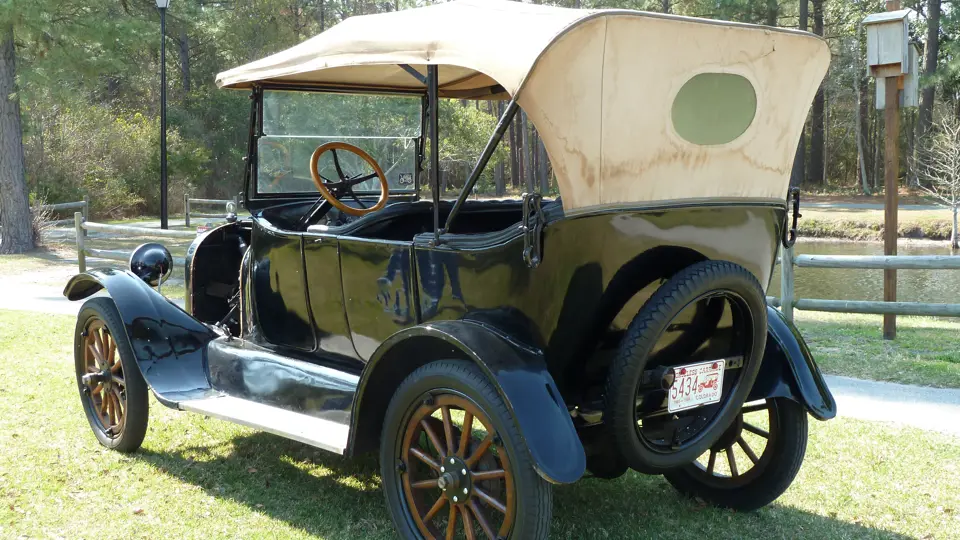



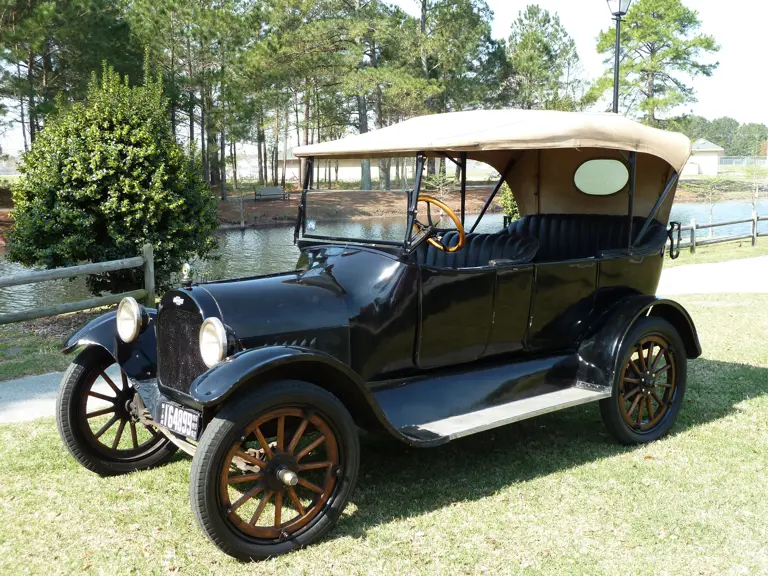
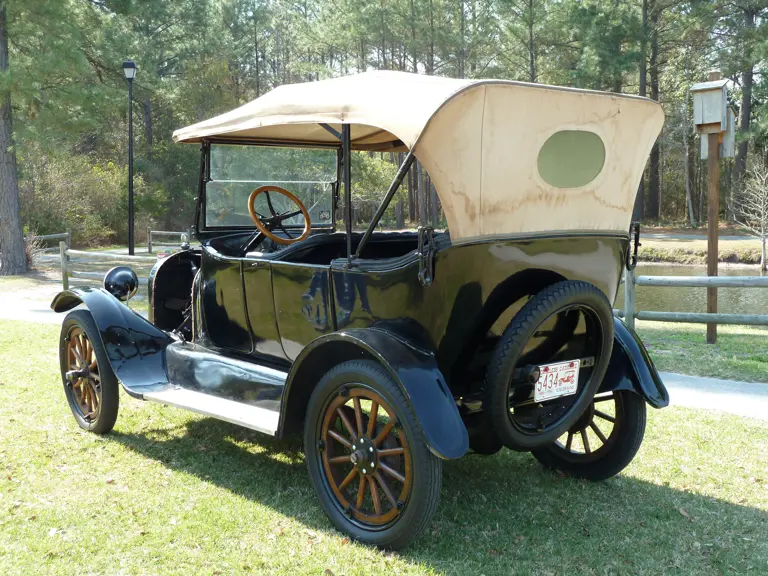
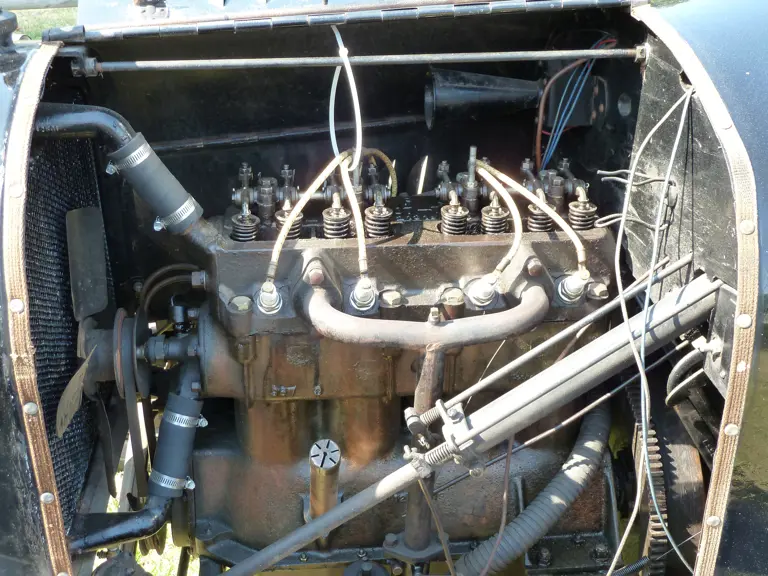
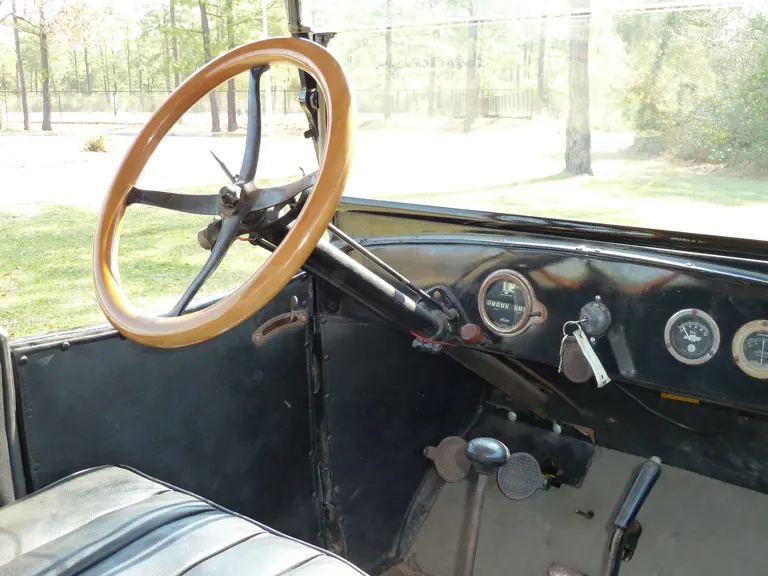
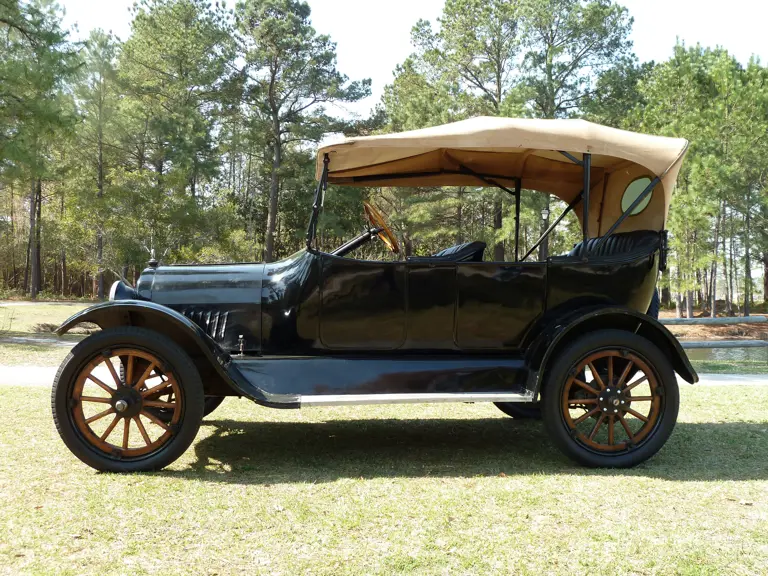
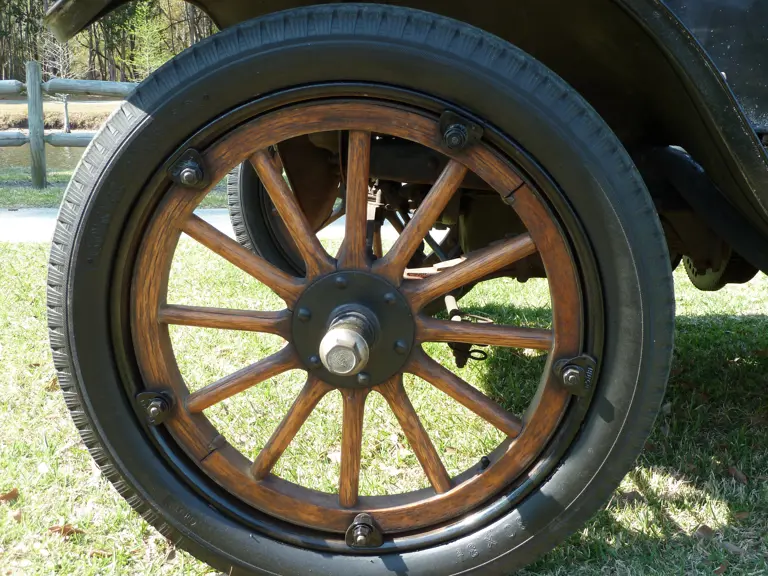
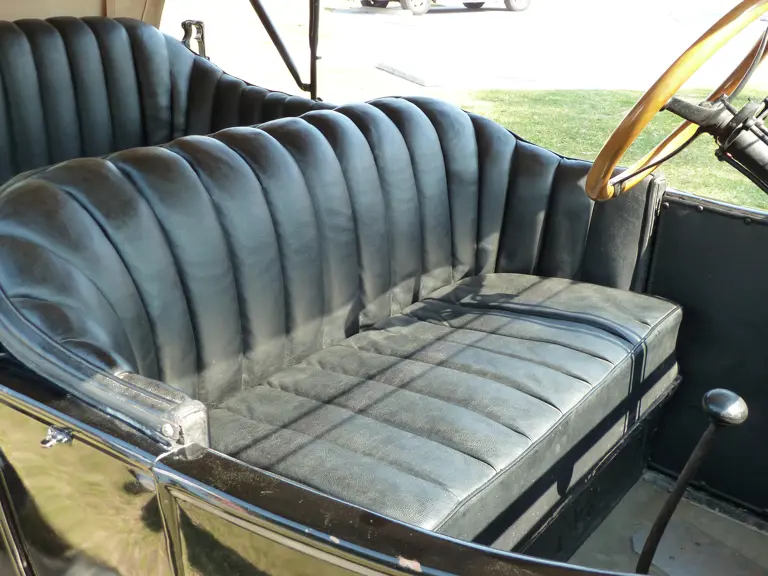
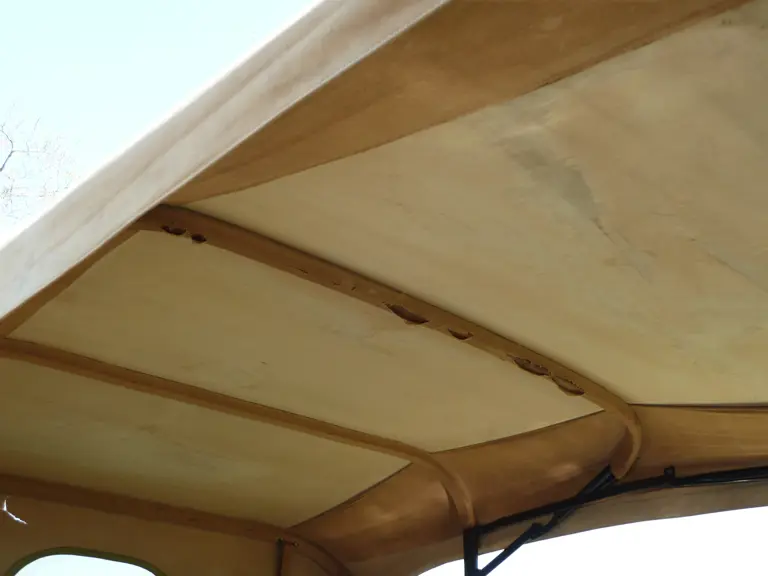

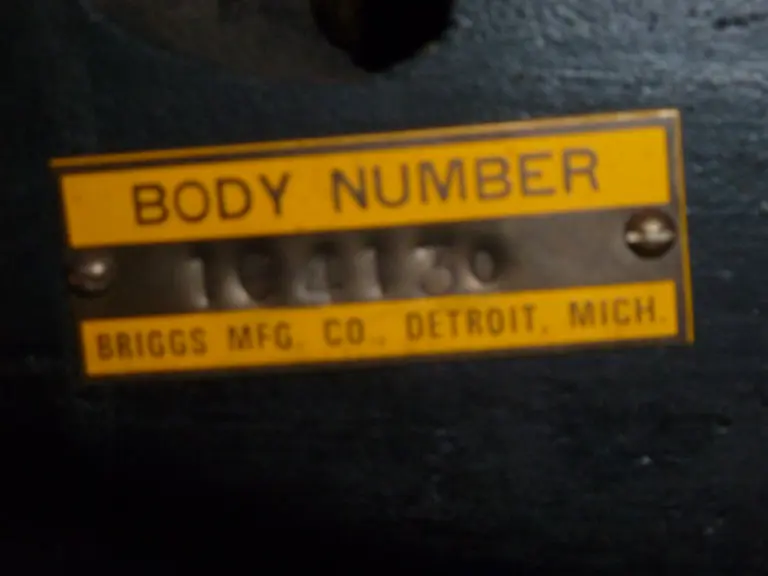




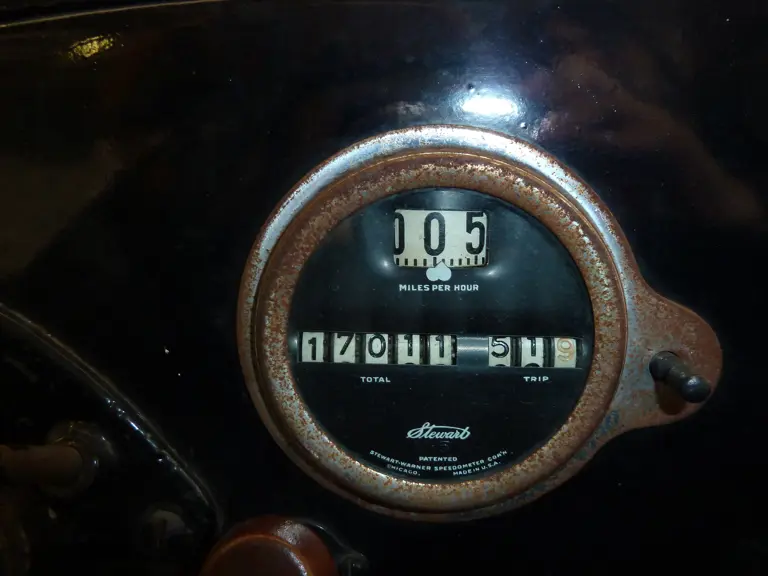
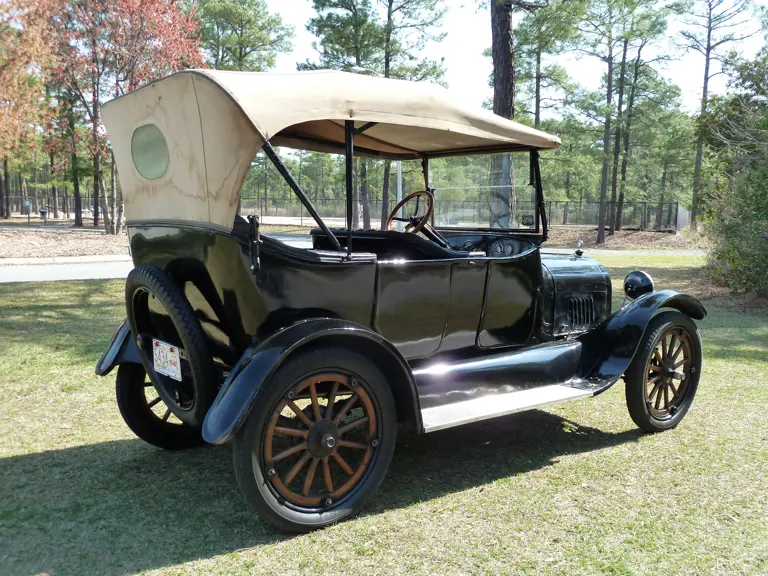
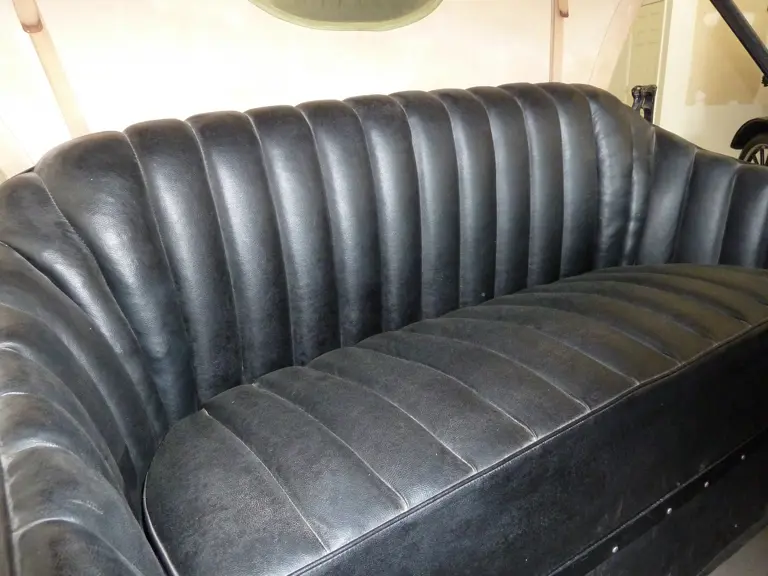
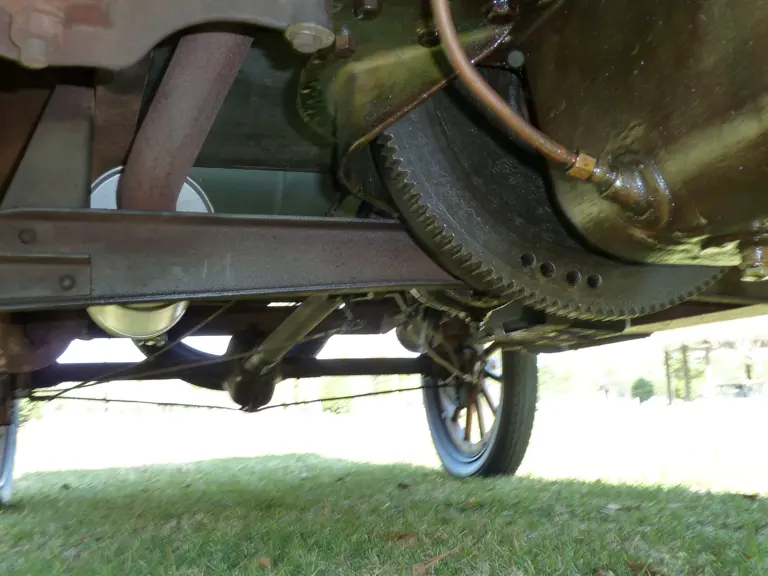
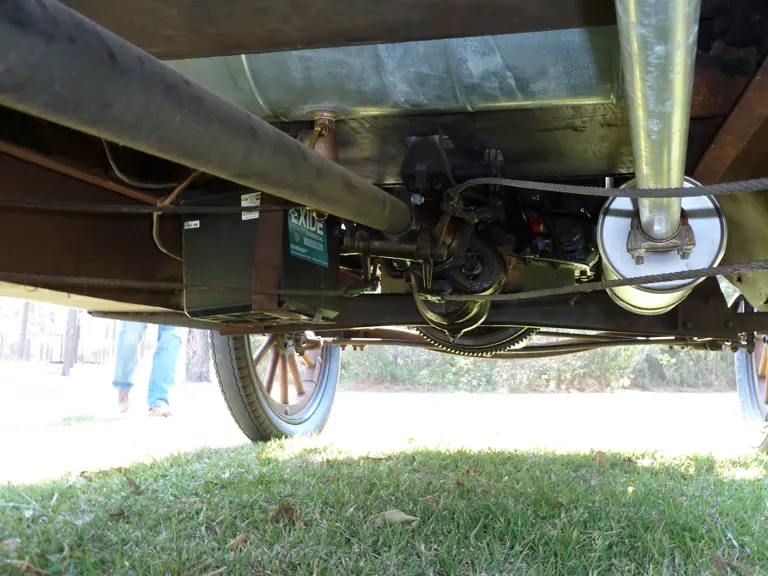


 | Hershey, Pennsylvania
| Hershey, Pennsylvania
